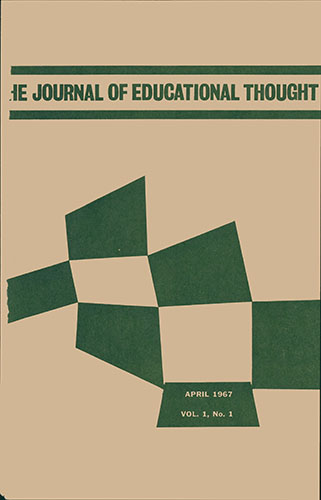Britain and Japan: Twins of Time and Tradition
DOI:
https://doi.org/10.11575/jet.v1i1.43487Abstract
Among the more remarkable social phenomena of the present day are two islands on either side of the world, Japan in the Pacific and Britain in the Atlantic. What is remarkable about these two islands is the way in which they resemble each other in their development, in their situation, in their historical and social movements. Each island lies adjacent to a large land mass, Japan next to Asia, and Britain off the coast of Europe. Japan's 143,000 square miles as against Britain's 96,000 square miles may appear to be unequal, but when one considers the habitable portions of these two lands this inequality disappears. Again, Japan's approximately 100,000,000 people are almost twice those in Britain, but
the population density of the two islands is of the order of 630 for Japan as against 550 for Britain, two figures which underline the proximity of their population problems. Apart from the coal in Britain, each of these islands is devoid of any other large body of natural resources and is dependent not only upon the import of raw materials with which to undertake manufacture of any kind but upon the cultivation of its human resources to an almost unprecedented degree. Although each island devotes a large portion of its land to agriculture, nevertheless they are both dependent upon other lands for food. Again, around Osaka, Japan has the Black Country counterpart of England, and has outlying islands which are not unlike those off the coast of Britain.
Downloads
Published
Issue
Section
License
The Journal of Educational Thought retains first publication rights for all articles. The Journal grants reproduction rights for noncommercial educational purposes with the provision that full acknowledgement of the work’s source be noted on each copy. The Journal will redirect to the appropriate authors any inquiries for further commercial publication of individual articles. All authors wishing to publish in JET will be asked to fill in and sign a Consent to Publish and Transfer of Copyright agreement.
Authors must affirm that any submission to JET has not been and will not be published or submitted elsewhere while under considration by JET.

